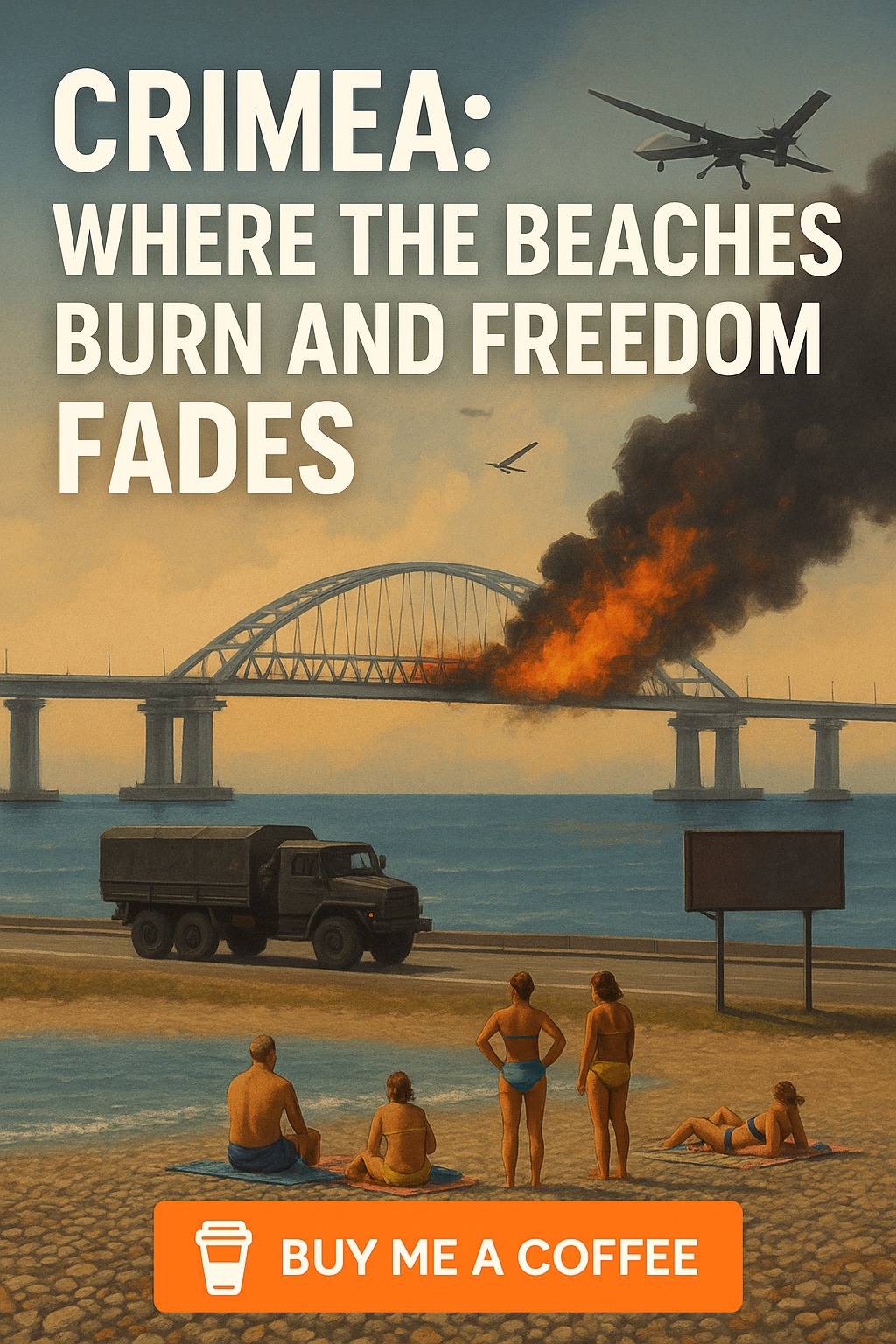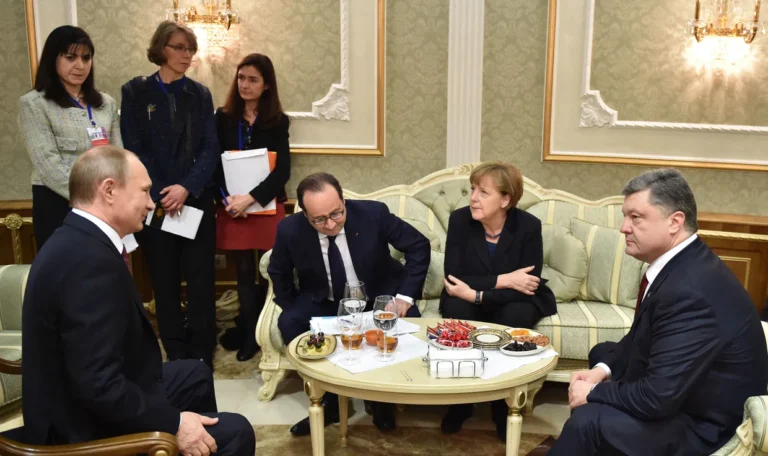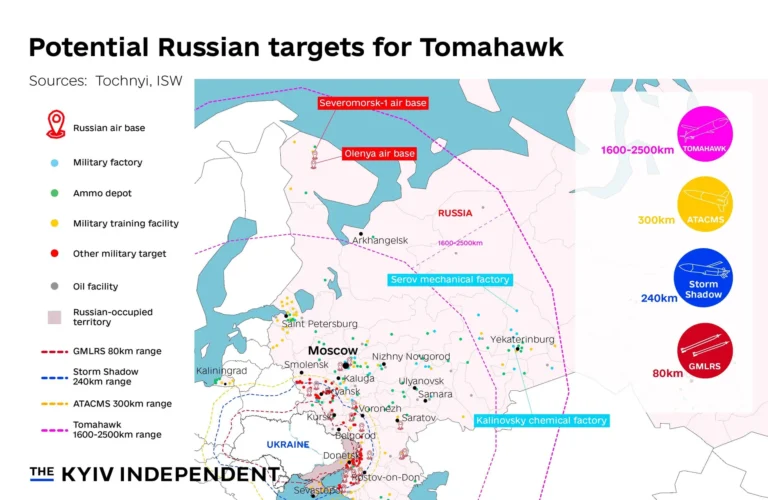
Once a glittering gem of the Black Sea, a crossroads of civilizations, revolutions, and retreats, Crimea is now a war-touched resort island clinging to normalcy. The tourists still come, the waves still crash, but behind the sun loungers and jazz tunes lies a battlefield of fear, propaganda, and occupation.
Since Russia seized the peninsula in 2014, Crimea has been many things. A propaganda trophy. A military launchpad. A geopolitical bargaining chip. But above all, it has become isolated, culturally, economically, and psychologically.
From Melting Pot to Military Outpost
For centuries, Crimea was one of the most cosmopolitan regions in Eastern Europe. Greeks, Mongols, Tatars, Genoese, Turks, and Soviets all passed through. The Crimean Tatar culture thrived. Even World War II’s victors, Stalin, Roosevelt, and Churchill, met in Yalta to decide the future of Europe.
Fast forward to 2025: it’s Russian tourists nervously crossing the Kerch Strait Bridge under the whine of drones and the echo of distant explosions. Cosmopolitan? Not anymore.
Now Crimea is locked down, wary, and tightly wrapped in Putin’s banner.
The Bridge that Holds Crimea Hostage
The 19-kilometer Kerch Bridge is more than infrastructure, it’s a symbol. Built by Russia to link the annexed peninsula to its mainland, it’s also the most frequent target of Ukrainian strikes. Every few weeks, a new drone or underwater explosive knocks it offline. Each closure cripples logistics and triggers hours-long delays. Telegram channels light up with ominous warnings: “Don’t cross. Shrapnel raining down.”
Even with tight inspections and thick air defenses, locals say the bridge feels more like a front line than a highway.
“No Freedom, No Choice… Just Survival”
Residents speak in hushed tones, or not at all. Most refuse to give their full names when speaking to journalists. Why? Because in today’s Crimea, saying the wrong thing is dangerous.
Irina, a Yalta local, described it best:
“It’s like bingo, but in a bad way. You didn’t choose this. But you live it.”
She’s one of many who have learned to live with war, not by resisting it, but by ducking it. After a Ukrainian missile strike killed five beachgoers in June 2024, tourists were back in the water the next day. Some wore name tags in case a second strike hit and they had to be identified.
That’s life now. Roulette with sunshine.
Sevastopol Silenced, Drones Over Yalta
Crimea’s largest city, Sevastopol, was once the proud home of Russia’s Black Sea Fleet. After repeated drone strikes, the fleet quietly retreated to safer ports in the Caucasus. The iconic Victory Day parade, a Soviet ritual held every May 9, was canceled for the third year in a row.
Even in quieter cities like Yalta or Simferopol, residents report the occasional whine of drones overhead. Igor, an 85-year-old professor who lives near a naval academy, hears explosions almost nightly. But he doesn’t bother running anymore.
“If I went to the shelter every time, I’d never sleep,” he said.
He just hugs his Yorkshire terrier and waits.
Repression as Routine
Public expression is dead. Saying “Crimea is Ukraine” can land you in court. Singing Ukrainian songs can trigger a visit from local security forces. More than 1,200 people have been criminally prosecuted for anti-war or pro-Ukrainian views since 2014. Over 1,275 administrative cases have been filed for “discrediting” the Russian military, a vague, catch-all charge.
One man was forced to apologize on video, circulated widely, because he painted his gate blue and gold, the colors of the Ukrainian flag.
Defense attorneys representing political prisoners risk disbarment. Human rights organizations have long been forced underground or out of existence.
A Tourist Trap with Barbed Wire
And yet, the resorts still advertise. The beaches still buzz. On holidays, traffic jams stretch for hours as Russian vacationers wait to cross the embattled bridge. Some tourists ask hotel owners about drones. Most just want a break from life under sanctions.
Ekaterina, who runs a hotel near Yalta, says she avoids outdoor jazz performances now.
“We played once in a military hospital. Some had lost limbs. But they sat in the hall, listening. It felt like life and death were shaking hands.”
Infrastructure has improved, yes. Putin has pumped nearly $25 billion into Crimea since annexation. Roads are better. Services are smoother. Vineyards are booming. But this is lipstick on a gun barrel.
Wages remain low. Prices are rising. And you can’t put a price on lost freedom.
“They Just Want the War to End”
Ukraine insists that any peace deal must include de-occupation. Russia demands recognition of its control. Trump, in one of his surreal proposals, has floated the idea that the U.S. could “recognize” Crimea as Russian to end the war.
But what do the people living there think?
“Most don’t even care about international recognition anymore,” said Lubov Gribkova, a Yalta city official. “They just want an end to sanctions. An end to fear. An end to limbo.”
They’ve adapted to the Kremlin’s version of life: less free, less open, and increasingly unsafe.
And yet, Crimea, the sunny, historic, stunning Crimea, is still there. Beneath the concrete, the checkposts, the air raid sirens, and the slogans, a different story remains buried.
One that deserves to be heard.
🔔 If this story gave you a new perspective, please consider supporting this kind of independent writing. Your contribution helps keep these human-centered stories alive in a world that often forgets the people behind the politics.






